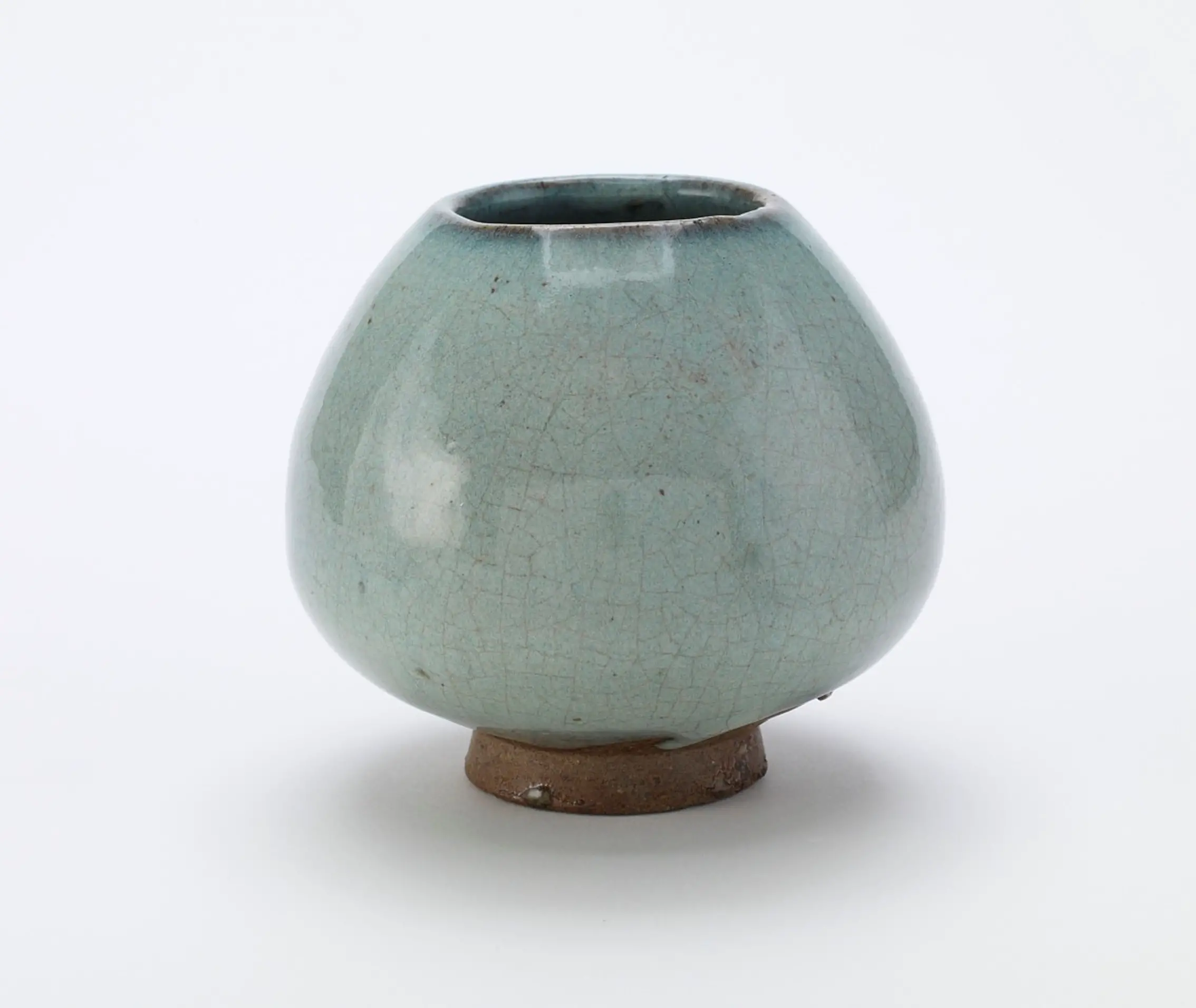Ceramics have become the aesthetic element of most modern households today. Not just homes, these pieces of art have also established their place in major infrastructures such as famous business ventures, restaurants, museums, and many more. The aesthetic element of these figures attracts the visiting people and leaves them with an appreciation for your high and refined tastes.
Among the many types of available clay pottery, the one that has won the heart of many is the gray clay pottery. There are five types of clay available in the market. These include earthenware, stoneware, porcelain, ball clay, and fire clay. Porcelain is the one that leaves a pale gray or white color to the finished product. Thus, they are known as gray clay pottery.
What Is Gray Clay Pottery?
Products made from porcelain are known as gray clay pottery due to their grayish finish. Porcelain is termed the king of all clays. It is called fine China because porcelain is said to have originated in China around 1600 BC. Its soft texture and flexibility have made it the best choice for creating delicate objects like fine bone China, figurines, etc.
As the clay is soft by nature, it requires moisture throughout the process or tends to dry even before the product is completed. However, adding extra water also affects its shape. Therefore, maintaining a moisture balance is essential to get the best results.
Even though porcelain is hard to work with, it is still the first choice of many to create highly decorative figurines and beautiful gray clay pottery. The clay is heated at very high temperatures, that is, between 1,200–1,450 degrees Celsius, after which you’ll receive a hard, shiny material that is white and translucent by appearance. It is then molded and shaped into beautiful gray-colored pottery pieces.
Properties Of Gray Clay Pottery
Gray clay pottery made from porcelain differs from those formed with stoneware and earthenware. Listed below are some properties of gray clay pottery that make it unique.
1. Translucent
Its transparency is the first and prior component that differentiates porcelain from the rest. It is the only clay material heated at temperatures like 1,450 degrees Celsius, giving it transparency, brightness, and whiteness. Thus, it makes the gray clay pottery unique in its own way.
2. Composition
The porcelain composition is another factor that proves its products’ uniqueness over others. Gray clay pottery pieces have feldspar, kaolin, silica, and clay in their composition, giving them the unique finishing and characterization they are known for.
3. Porosity
Gray clay pottery has zero porosity in its finished product, which is not the case with other types of clay pottery. Because of such an effective impermeable nature, porcelain is the best and hygienic choice to craft and develop potteries.
Why Is Porcelain The Best For The Gray Clay Pottery?
Porcelain is considered the best choice for making gray clay pottery. Known to have similar properties as kaolin clay, porcelain offers suitable characteristics and properties to make pottery. It is resistant to high temperatures and is anti-porous. Although expensive, the finished gray clay products have world-renowned high quality. Because of its smooth texture, gray clay can be easily molded to create new and unique forms.
So, if you are looking for high-quality porcelain clay to make a beautiful gray clay pottery piece, you can opt for Sculpey Air-Dry Porcelain Clay. It dries in only 24 hours, giving a translucent gray finish to your pottery piece.
Conclusion
As a ceramics and pottery admirer, one always desires to possess high-quality and beautiful products. This finality in the product is offered by gray clay pottery made from porcelain. Its unique texture and characteristics make it an ideal option for pottery. The butter-like smoothness of the clay helps make unique and beautiful gray clay pottery designs that offer the desired aesthetic look to any infrastructure it is placed in.








